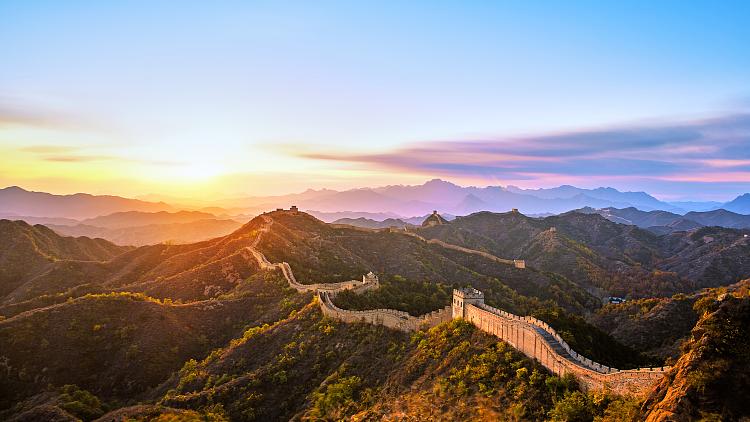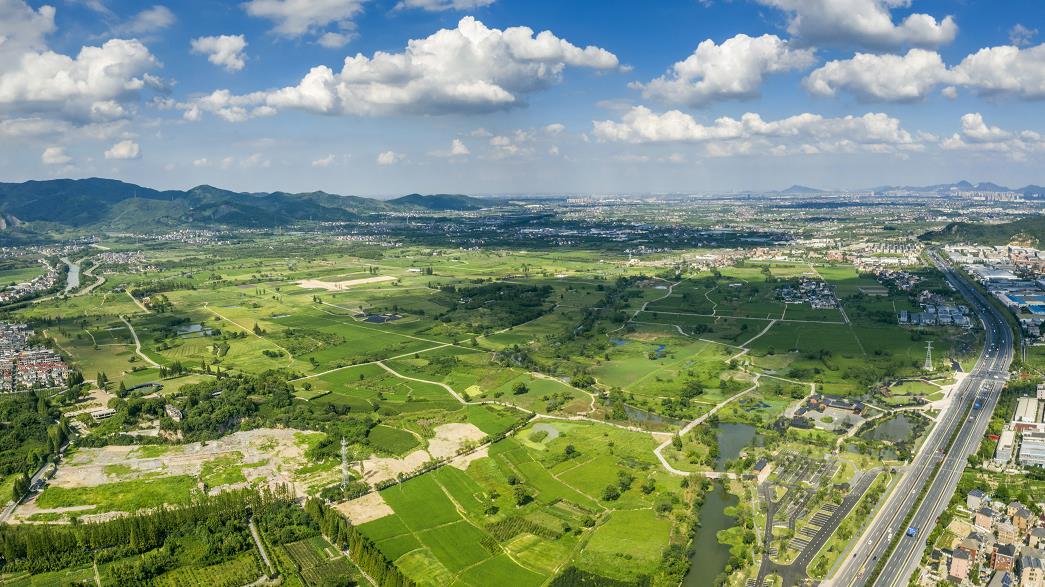What is World Heritage? What are the requirements for inclusion in the World Heritage List?
The 44th World Heritage Conference opened at 19: 00 on the 16th in Fuzhou, Fujian Province, China. Affected by the global COVID-19 epidemic, the conference was held online in Fuzhou.
What is World Heritage?
Up to now, the total number of cultural relics and natural landscapes selected for the World Heritage List has reached 1,121.China has 55 world heritages, ranking first with Italy.What exactly is a "world heritage"? What conditions do you need to be selected for the World Heritage List?
World Heritage refers to the rare and irreplaceable wealth recognized by UNESCO and the World Heritage Committee, and is a cultural relic and natural landscape with outstanding significance and universal value recognized by all mankind.

△ In 1987, China’s Great Wall and Mount Tai were listed in the World Heritage List for the first time.
World heritage includes three categories: world cultural heritage (including cultural landscape), world natural heritage and dual heritage of world culture and nature. In 1972, UNESCO adopted the Convention for the Protection of the World Cultural and Natural Heritage, which established a permanent and effective system based on modern scientific methods for the joint protection of cultural and natural heritage with outstanding universal value, and established the World Heritage List in 1976. China formally joined the Convention for the Protection of the World Cultural and Natural Heritage on December 12, 1985. In 1987, six world heritages, including the Great Wall and Mount Tai, were included in the World Heritage List for the first time.

△ In July 2019, "Liangzhu Ancient City Site" became the 55th World Heritage Site in China.
At present, 55 world heritages in China have been selected into the World Heritage List. What conditions do you need to meet to stand out? First of all, it must have outstanding universal value in the world. For this reason, the Convention Operation Guide gives 10 standards of world heritage, including six standards for "cultural heritage" including artistic value, architectural achievement and cultural inheritance, and four standards for "natural heritage" including nature and species diversity and natural scenery. If the projects declared by various countries meet any of these standards, it is possible to enter the World Heritage List.
The World Heritage List makes the world pay more attention to the protection of cultural and natural heritage. Since the 18th National Congress of the Communist Party of China, China has successively promulgated more than 70 local laws and regulations, which together constitute the legal protection system of world cultural heritage. For example, when tourists visit cultural relics and historic sites, they will face legal accountability for scribbling.
News Link Protection of Intangible Cultural Heritage: Protecting Cultural Diversity
On the basis of the classification, protection and utilization of cultural heritage and natural heritage in the World Heritage List, on October 17, 2003, UNESCO adopted the Convention for the Protection of Intangible Cultural Heritage, and the protection of intangible cultural heritage has also received extensive participation from all over the world. At present, there are 42 intangible cultural heritage projects in China, ranking first in the world. China has established a four-level directory system at the national, provincial, municipal and county levels, and more than 100,000 representative items of intangible cultural heritage have been identified, and a large number of precious, endangered and valuable intangible cultural heritage have been effectively protected. (CCTV reporter Ma Li)